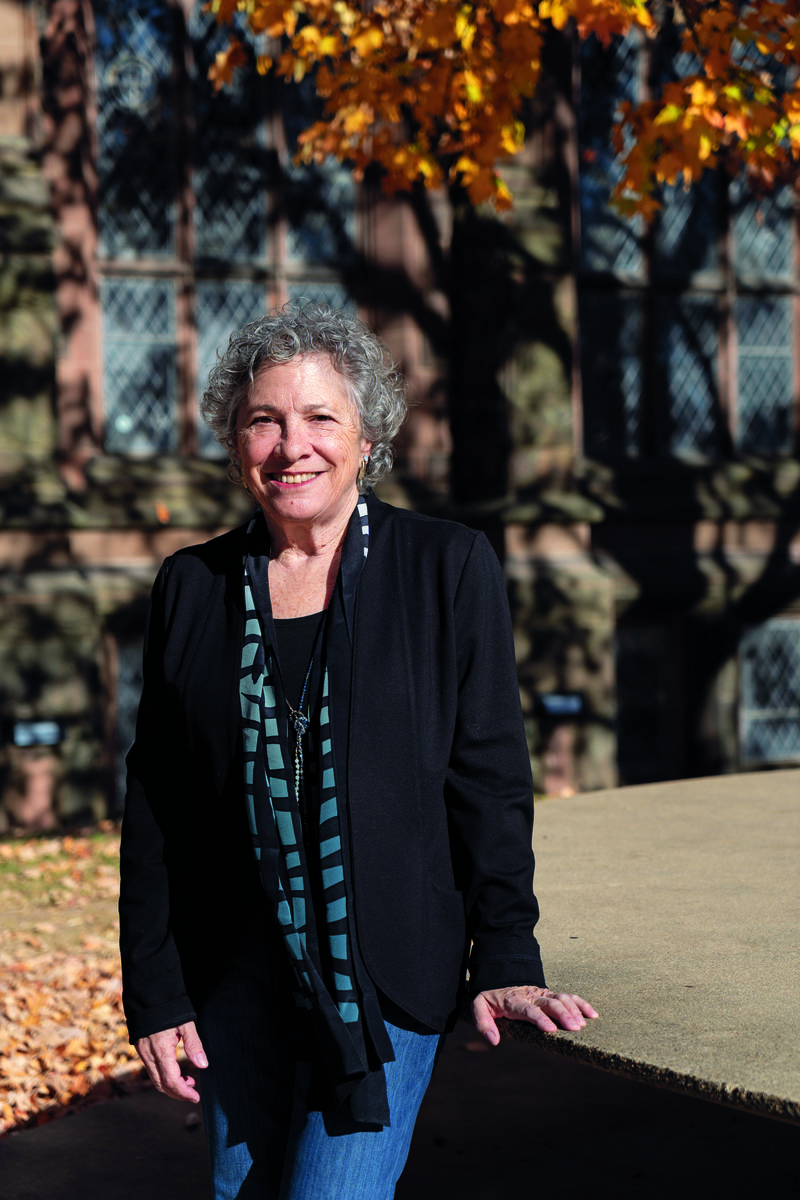Art Matters by Sandy Kurinsky
 Recently retired from a more than twenty-five-year career in business, I had been trying all sorts of new things: getting into better shape, auditing classes at Princeton University, volunteering with a local nonprofit organization, and taking piano lessons (eventually I was “fired” by my piano teacher for not practicing enough). In this phase of my life, I was eager to learn, contribute, do hard things, and continue to grow.
Recently retired from a more than twenty-five-year career in business, I had been trying all sorts of new things: getting into better shape, auditing classes at Princeton University, volunteering with a local nonprofit organization, and taking piano lessons (eventually I was “fired” by my piano teacher for not practicing enough). In this phase of my life, I was eager to learn, contribute, do hard things, and continue to grow.
I first met Marge in a yoga class at my local gym. She was also retired from a business career, and as we got to know each other, I learned that she was a docent at the Museum. At that time, I didn’t even know that the Museum had docents. Her eyes lit up when she talked of learning about art and being a docent. I was intrigued! I had always liked to visit museums; going made me feel cultured, and I liked that feeling. But I had no background in art, and I certainly didn’t have any artistic talent. Hearing more from Marge about docenting, I had many questions: Does one need to know a lot about art to become a docent? What kind of backgrounds do the docents have? What is the training like? What are the docents like? Would I be able to do this?
With Marge’s encouragement, I submitted my résumé for consideration, not really sure if my skills as a businessperson would be transferable to the role of a docent. I guess they were deemed sufficient, as I was accepted into the next docent training class following the interview. I was delighted and excited but also nervous—this was really outside my comfort zone. However, I reminded myself that one of my goals was to do hard things.
The training to be a docent was extensive and intensive. It included on-site classes at the Museum twice a week for nine months and several trips to the Metropolitan Museum of Art in New York. We learned how to tell a story and present to an audience, all while encouraging others to share their thoughts on various works of art.
As a docent, I’ve come to realize a number of things: You do not need a strong background in art to be a docent, but you do have to be an enthusiastic and participative learner, be curious, and put in the time. Docents come from many backgrounds: there are educators, attorneys, writers, scientists, artists, full-time volunteers, and other businesspeople in the docent community. The docents at the Museum are a kind and generous group of continuous learners. Being part of this community for more than ten years now has felt like a warm hug.
Needless to say, I have learned a lot. I have learned to read art—a practice that takes slow looking, rather than the cursory glances I used to give when trying to see as many works of art as possible when I visited a museum. There is always something to appreciate in a work of art when you take your time in looking at it. I have learned to share my thoughts about an artwork with others and to listen closely to what others have to say and to learn from them in turn. We all have different backgrounds and perspectives, and so much of what we see or interpret in art has to do with where we come from. It’s so interesting to learn together and expand our individual outlooks when looking at a work of art as a group.
From slow looking, I have learned to see the world differently. When traveling, I try to remember to look up—to examine the various buildings in the area more closely, whether there are statues and gargoyles, different kinds of columns, or varied types of architecture. When taking a hike, I have learned to stop and look around. Landscapes that look brown at a cursory glance show a bevy of colors upon closer inspection.
Looking slowly has also taught me to be a better listener. Touring with children—whether in the Museum prior to the pandemic or in their classrooms or on Zoom for the past few years—has been a particular delight. Children are generally eager to share their thoughts when we remind them that there are no right answers when it comes to art. We just want to know what they’re thinking about the work and how they relate to it. We often hear stories about what’s important to them: their family, their pets, their activities. Looking at a work of art can help them articulate what matters to them.
And so, art really does matter to me. Art has broadened my outlook, enhanced my community involvement, and taught me so very much—all thanks to my experiences as a docent at the Princeton University Art Museum.
Sandy Kurinsky
Chair of the Princeton University Art Museum Docent Association